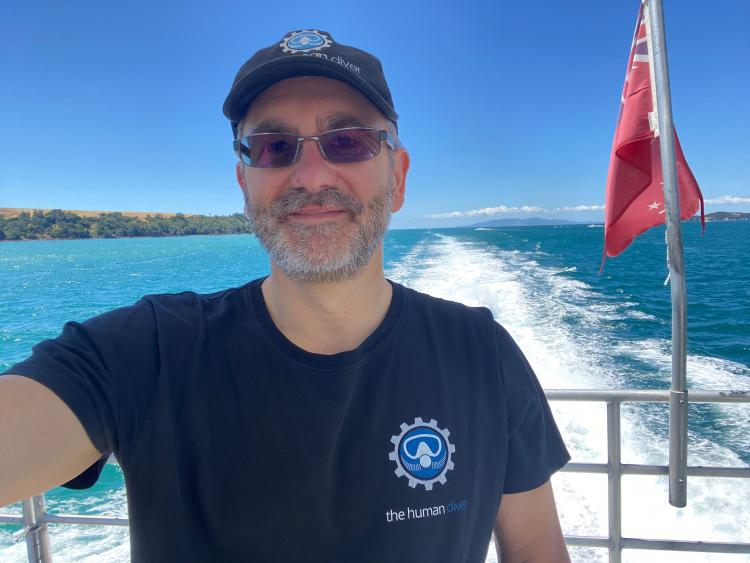Safety Culture - diving in the zone
“Thank [beep] for that! How lucky were we? We better not do that again.
Don’t tell anyone though, we don’t want to look like amateurs...”
Technical Diving & Training
When one thinks about cave diving, the feelings are mixed and it is very difficult to express what it feels like in a single word, but perhaps a possible description is “to live the discovery.” Discovery is an experience and an intrinsic need in human beings since before the discovery of fire.

The first event of its kind, the conference provides a unique opportunity to share the knowledge and skills to make diving safer, more effective and more enjoyable, by allowing divers and instructors to take more informed risks and reduce uncertainty.
FIRST EVER HUMAN FACTORS IN DIVING CONFERENCE IS LAUNCHED AND PLACES ARE LIMITED
His passing is incredibly unexpected and shocking to everyone who knew him and worked with him.
There are very few people that knew more, or were more passionate about the wrecks and the diving in Chuuk and Bikini. Anyone who dived with him will have felt his infectious enthusiasm. Everyone who dealt directly with him at Master Liveaboards and The Dirty Dozen felt it too.
Freedom! That was the feeling I had in June 2020 when I left my home to go on a trip alone. Caves, abandoned mines, alpine lakes and a few wrecks were in my plan for a great adventure.
Nowadays, more and more recreational divers are coming into contact with technical rebreather divers, perhaps even being buddied up with one on a dive. What follows are some good things for open circuit divers to know about closed circuit rebreathers. Michael Rothschild gives us a quick glimpse into rebreather diving and what one can expect when diving in a mixed team.
One of the most influential texts in diving is entirely rewritten, detailing a new vision for scuba diving with a clearer picture of the theory and practices behind performance diving strategies that support safe, efficient, and fun scuba diving. The new edition is available in English, German, Italian, Spanish, Korean, and Chinese.
The more difficult a wreck is to get to, the more rewarding its discovery, but also the more likely it is that you’ll run into trouble during or after your dive. Challenges become hazards quickly, and many offshore adventures are rife with risk factors that make it more likely that you’ll surface from your dive without a boat in sight.
Whether your charter sprung a leak and became a new dive site or drifted off in search of another diver here’s what you need to know to survive.
Checking your air a few times during a dive and coming up as the gauge nears zero is not dive planning. Before you hit the water this summer, brush up on the basics of gas management — this will help keep you safe and might even extend your bottom time.
Sources of contamination include hydrocarbons from compressor lubricants, carbon monoxide (CO) from engine exhaust (or overheated compressor oil) and impurities from the surrounding environment such as methane and carbon dioxide (CO2). Dust particles in breathing gas can also be hazardous, potentially impairing respiratory function or damaging diving equipment. Excessive moisture can cause corrosion in scuba cylinders and other dive gear and may cause regulators to freeze due to adiabatic cooling (heat loss following increased gas volume).
Following training guidelines and conservatively planning our dives can reduce our risk somewhat, but learning how oxygen toxicity affects us and how we can prevent it can mean the difference between a fun dive and one that ends in injury. Push back against complacency and unquestioning acceptance of common practices—understand the effect of oxygen on your body before you plan your next dive.